How Hotpatching on Windows Server is changing the game for Xbox
Learn how Microsoft has been using Hotpatch with Windows Server 2022 Azure Edition to substantially reduce downtime for SQL Server databases.



As I drove west today toward LAX, the tinted sun and the Bangles on Jack-FM made me really notice the brownish smog that hovers above the City of Angels. For all the great sights and activities of LA, it’s difficult to get past the smog. The optimists will say the smog enables great sunsets; while the other 90% of us will ask for an air filter.
I wrapped up my stint at VMworld 2006 today, with some healthy interactions with partners, bloggers and reporters. There were a range of topics discussed; but the meaty ones focused on VDI, appliances, virtualization formats and the MS/Novell agreement. Like last year’s VMworld, we (Microsoft attendees) still got a few raised eyebrows about the booth presense and gold sponsorship at VMworld. But the thinking is pretty simple: most VMware customers are virtualizing Windows Server images. So people walking the halls of VMworld are likely to be Microsoft customers, too.
Following is a recap of some the my interactions:
VDI: virtual desktop infrastructure is approaching the “kick the tires” stage. One of the primary drivers for customers looking to desktop virtualization is to ease application compatibility issues and to leverage the computing power in the remote nodes. From what I and others can tell, neither of these drivers are solved through the implementation model suggested by VMware. VDI seemingly needs to evolve to bring more to bear from the other levels of virtualization, and primarily application virtualization and deeper integration with rest of the infrastructure services and management. I suspect this will be the topic at VMworld 2007, like appliances were this year. And speaking of…
Appliances: is it just another screwdriver in the toolbelt, or is it the future of software distribution? The answer appears to be YES. Diane Greene discussed the topic, and NetworkWorld’s coverage of our VHD Test Drive Program. So far, we’ve seen nearly 4,000 downloads of the four VHD images posted to MS.com, and the DVDs we’re distributing at VMworld are flying out of the booth. But in a world where IT managers use both open source and proprietary software, how can these appliances become more than just eval tools? Licensing, support and interop are all issues to solve. There’s the rub, based on what people told me.
Virtualization formats: Something has to give, so say the analysts. Folks from Gartner and Forrester are recommending that customers avoid VM lock-in at this time. The situation is that VMDK is out there, but with seemingly little industry support. Now we have XenEnterprise is available for Linux and Windows, and our VHD format is available via an open spec with nearly 3,000 downloads of the spec doc in three weeks. But there’s hope. Earlier this week, Dan Chu of VMware confirmed that VHDs run across the broad range of VMware products. This was news to me, but certainly something that shows hope for the industry cooperating on a spec. And speaking of interop …
MS/Novell agreement: Based on what I seen, heard and read, and feedback from people outside Redmond, this is a deep, multi-faceted arrangement. It’s clear from the industry reaction and moves that there’s some meaty substance. Novell’s 8K filing supports that claim. It’ll be interesting to see the role, if any, that XenSource plays here. It’s become clear that part of the MS/Novell arrangement is to enable bi-directional (and optimized) guest VM support – virtualized Windows running on Novell SLES, and virtualized SLES running on Windows. And for those Windows Server customers that want to add Linux to their IT shop, this agreement also means that Microsoft recommends SLES from Novell. I’m sure there’s much, much more to come here.
Overall, VMworld 2006 was a good show to attend. And it didn’t hurt that the convention center is next to the Staples Center, so I got to catch a Lakers game.
Patrick